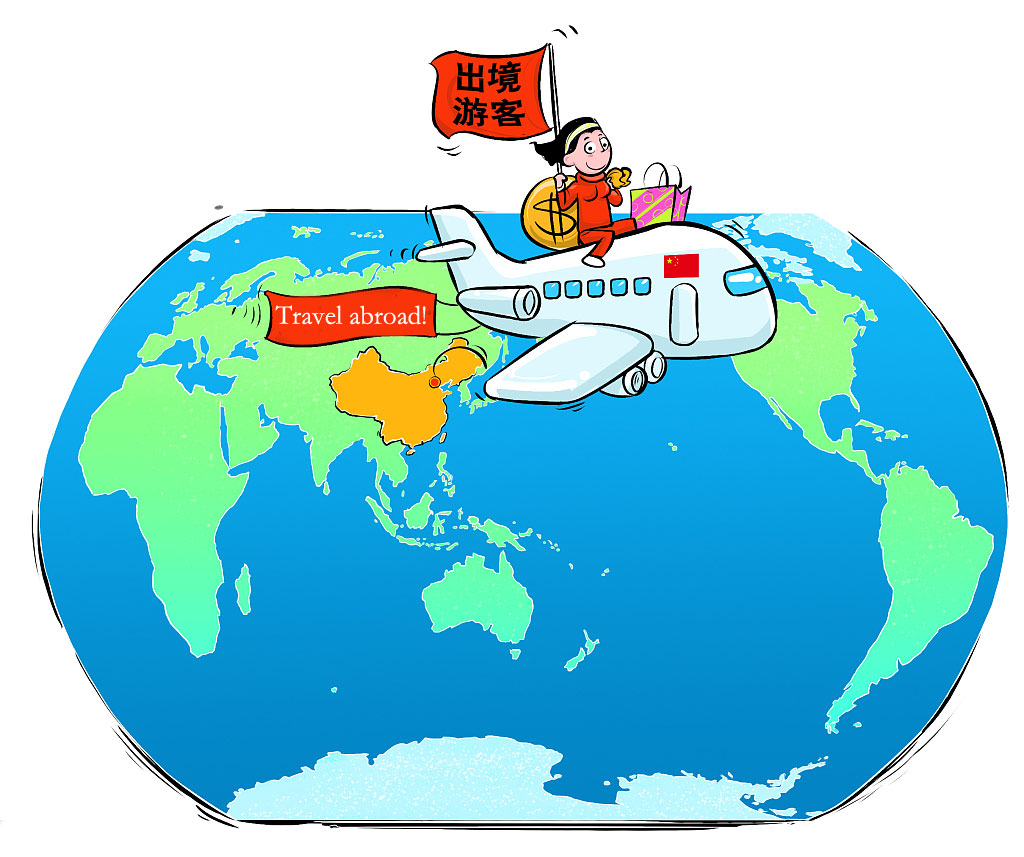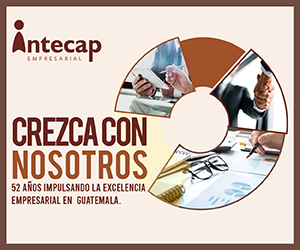United Nations World Tourism Organization (UNWTO) has just released the fourth edition of its ‘COVID-19 Travel Restrictions: A Global Review for Tourism’.
The U.N. special agency’s findings were collected from 217 destinations around the world as of May 18, 2020. It found that three percent of all global destinations have taken steps to ease travel restrictions prompted by the COVID-19 pandemic.
Thus far, it reported, seven destinations have already relaxed their restrictions with an eye towards resuming international tourism activities, although several more are currently in discussions surrounding the reopening of borders.
Despite these signs of progress, 100 percent of worldwide destinations maintain some form of COVID-19-related restrictions, so where is yet fully open to outside tourists.
75 percent of those have kept their borders completely closed to international tourism.
In 37 percent of all instances, such restrictions have been in place for ten weeks, while 24 percent of destinations have maintained border controls for fourteen weeks or longer.
“The timely and responsible easing of travel restrictions will help ensure the many social and economic benefits that tourism guarantees will return in a sustainable way”, UNWTO Secretary-General, Zurab Pololikashvili, said in a statement.
Interestingly, UNWTO found that countries whose individual economies are more reliant upon tourism were more likely to have responded to the crisis with complete border closures. For instance, 85 percent of Small Island Developing States (SIDS)—many of which depend heavily upon tourism to drive their economy—still remain entirely closed off to tourists.
From a geographic perspective, more than 65 percent of destinations in UNWTO’s regions remain completely closed to tourism: 86 percent of the Americas, 74 percent of Europe, 69 percent of the Middle East, 74 percent of Africa, and 67 percent of Asia and the Pacific region.
This report arrives on the heels last week’s release of UNWTO’s ‘Global Guidelines to Restart Tourism’, which was produced in cross-sector cooperation with the Global Tourism Crisis Committee and in partnership with Google. Aiming at supporting vigorous recovery in the travel and tourism sector, the new guidance emphasizes the importance of acting decisively, restoring consumer confidence and embracing innovation.
“These guidelines provide both Governments and businesses with a comprehensive set of measures designed to help them open tourism up again in a safe, seamless and responsible manner,” Pololikashvili said.
UNWTO warned that global tourist arrival figures might fall from anywhere between 60 and 80 percent, depending upon how soon restrictions are lifted. That translates to 100 to 120 million jobs potentially being put at risk, and somewhere between $910 billion and $1.2 trillion lost in worldwide exports.
For more information, visit unwto.org.
(https://www.travelpulse.com/news/impacting-travel/the-world-is-slowly-starting-to-travel-again-says-unwto.html)






































